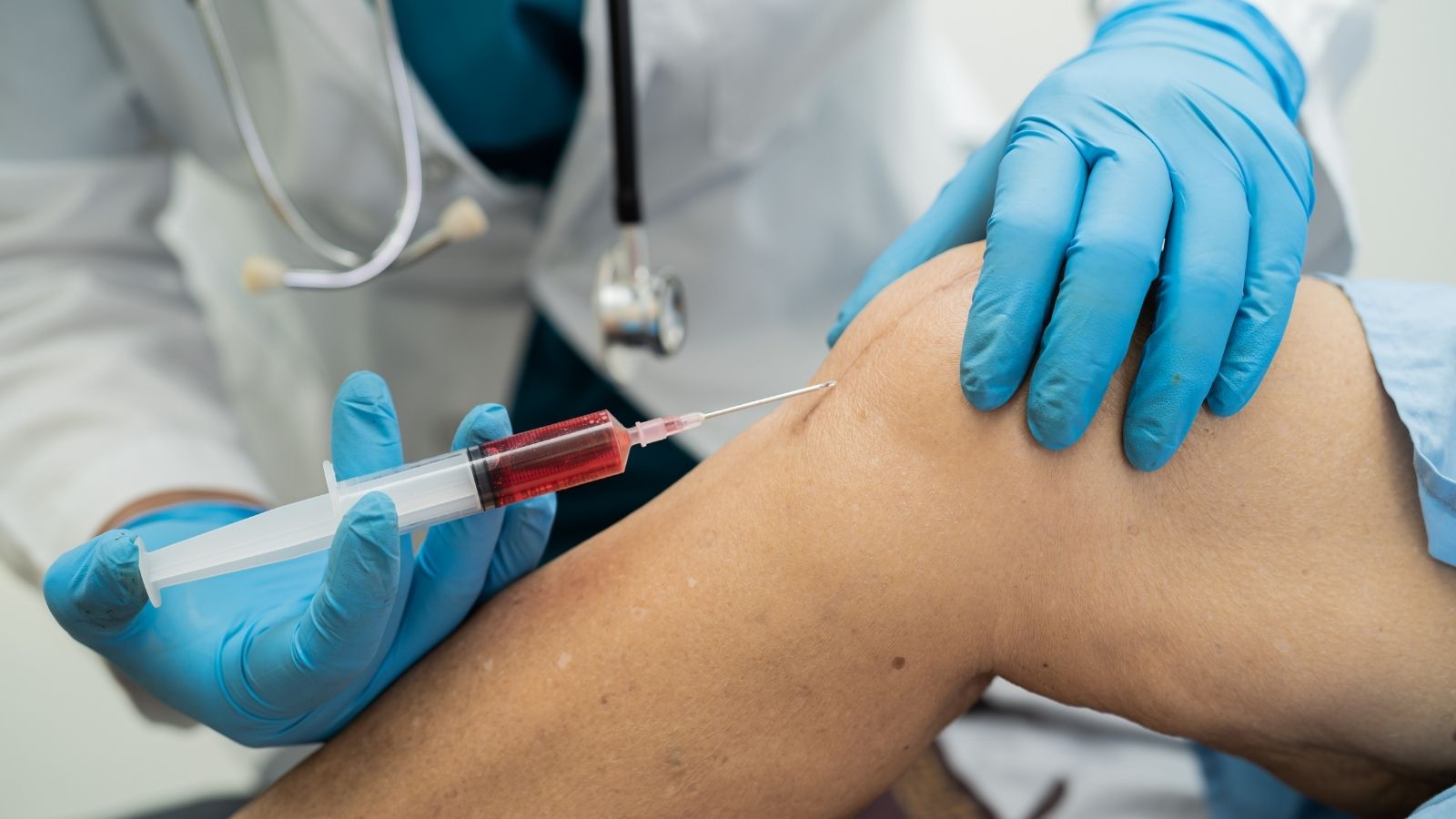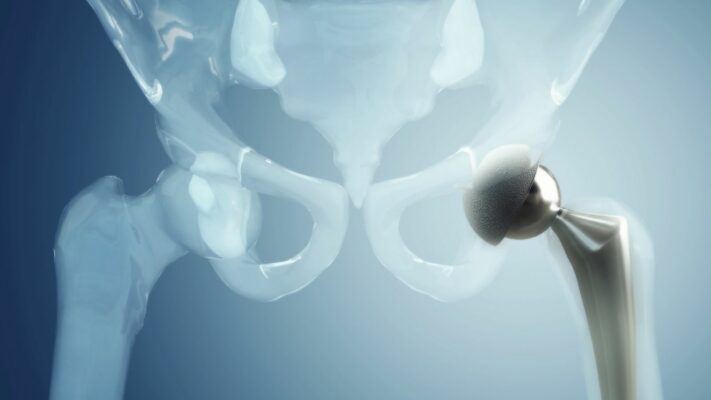Prof. Dr. Murat Demirel, one of the best orthopedic doctors performing hyaluronic acid injections in Ankara, offers modern and effective solutions for problems such as osteoarthritis, cartilage wear, and decreased joint fluid. Hyaluronic acid injection is a safe treatment method applied inside the joint, which supplements the natural structure of the joint fluid, reduces pain, and increases mobility. Among the hospitals providing hyaluronic acid injection in Ankara, Prof. Dr. Demirel serves in clinics equipped with high-tech medical devices and high hygiene standards, preparing a personalized treatment plan for each patient.
During the treatment process, Prof. Dr. Demirel thoroughly informs his patients and ensures a more comfortable and effective recovery by giving post-injection medical advice. He also provides transparent and up-to-date information about hyaluronic acid injection prices in Ankara, helping patients make informed decisions. To protect your joint health and improve your quality of life, you can contact us immediately and book an appointment.
| Treatment Name | Hyaluronic Acid Injection (Viscosupplementation) |
| Application Area | Synovial joints such as the knee, hip, and shoulder |
| Purposes of Use | Reducing osteoarthritis-related pain, increasing joint mobility, improving the viscosity of joint fluid |
| Application Method | Intra-articular injection; performed in an outpatient setting under sterile conditions |
| Type of Anesthesia | Usually not required; local anesthetic may be used if necessary |
| Mechanism of Action | Hyaluronic acid strengthens the viscoelastic properties of the joint fluid; reduces friction and acts as a shock absorber |
| Suitable Patient Profile | Patients with moderate knee osteoarthritis, those not suitable for surgery, or patients wishing to postpone surgery |
| Complications | Pain and swelling at the injection site, rarely aseptic synovitis; infection is very rare |
| Recovery Process | Effect generally begins within a few days after the injection |
| Number of Sessions | Varies between 1 and 3 sessions depending on the preparation used |
| Effectiveness Duration | Generally between 6 months and 1 year; may vary depending on the patient |
| Alternative Methods | PRP, corticosteroid injection, NSAIDs, physiotherapy, surgical intervention |
| Follow-Up Process | Clinical evaluation and planning repeat injections if necessary |


Prof. Dr. Murat Demirel
Orthopedics and Traumatology Specialist
Orthopedics Specialist Prof. Dr. Murat Demirel was born in Ankara in 1974. He completed his primary education at Ankara Kavaklıdere Primary School and his secondary and high school education at Ankara Atatürk Anatolian High School. Dr. Demirel graduated from Ankara University Faculty of Medicine in 1998 and completed his residency in Orthopedics and Traumatology at Ankara Numune Training and Research Hospital, 1st Orthopedics and Traumatology Clinic, in 2004.
PhD
Ankara University Institute of Health Sciences
Specialization
Ankara Numune Training and Research Hospital, 1st Orthopedics Clinic
Medical School
Ankara University Faculty of Medicine
Yazı İçeriği
What is Hyaluronic Acid Injection and what is its natural role in our body?
You can think of hyaluronic acid as the motor oil of our joints. Just as a car engine needs oil to run smoothly, our joints also need this special substance to move painlessly and smoothly. Hyaluronic acid is actually a gel-like, slippery molecule produced naturally by our body. It is most abundant in the special fluid surrounding the joints, which we call “synovial fluid.”
The hyaluronic acid in this fluid has two main functions. First, it allows the cartilage surfaces at the ends of the bones forming the joint to move without friction, like gliding on an ice rink. Its second, and equally important, function is acting as a shock absorber. When we walk, run, or jump, it cushions the load and impact on our joints like a pillow, preventing cartilage wear and damage.
However, as we age or develop osteoarthritis, the body’s natural production and quality of hyaluronic acid decrease. The joint fluid becomes thinner, losing its lubrication and shock-absorbing capacity. At this point, familiar symptoms such as joint pain, morning stiffness, and movement difficulties begin. Hyaluronic acid injection aims to address this deficiency. By delivering pure and concentrated hyaluronic acid directly into the joint, it mimics the natural mechanism and “re-lubricates” it.
What is the mechanism of action of Hyaluronic Acid Injection in the treatment of osteoarthritis?
The principle behind hyaluronic acid injection, or viscosupplementation, is actually quite simple: replace what is missing. By supporting the degraded joint fluid with high-quality hyaluronic acid from outside, the goal is to improve the joint’s mechanical functions. This is the visible, mechanical aspect of the treatment.
However, the benefits of this treatment go beyond lubricating the joint. Scientific studies show that injected hyaluronic acid can trigger more complex and beneficial biological processes inside the joint. For example, it may exhibit an anti-inflammatory effect by suppressing joint inflammation. This directly contributes to reducing pain and swelling caused by osteoarthritis.
More importantly, some studies suggest that hyaluronic acid may have protective effects on cartilage cells (chondrocytes) and even stimulate the body’s own hyaluronic acid production again. This potential “chondroprotective” effect could make the treatment more than just a temporary pain reliever, transforming it into a strategic intervention that slows disease progression. This is especially hopeful for patients in the early and moderate stages of the disease who wish to postpone major surgery.
Are there different types of Hyaluronic Acid Injections on the market?
Yes, when we say “hyaluronic acid injection,” we are not talking about a single product. There are different types that affect the success of the treatment and the method of application. Your doctor will select the one most suitable for your condition. These types can be grouped under several categories.
According to Production Source:
- Rooster Comb Derived
- Bacterial Fermentation Method
According to Molecular Structure:
- High Molecular Weight (Denser and longer lasting)
- Low Molecular Weight (More fluid)
- Cross-Linked Technology (Special structure that extends the duration of effect)
According to Application Scheme:
- Multiple Injection Courses (usually once a week for 3–5 weeks)
- Single-Dose Injections (completion of treatment with one application)
While animal-derived products were more commonly used in the past, today, biotechnologically produced forms with a much lower allergy risk are widely available. Especially new-generation products with cross-linked technology, high molecular weight, and single-dose applications offer significant advantages in terms of both patient comfort and treatment durability.
How is the Hyaluronic Acid Injection procedure applied from a patient’s perspective?
Many patients worry, “Will this injection hurt a lot?” or “How long will the procedure take?” In fact, when performed by an experienced doctor, the process is quite simple, fast, and comfortable. Let’s explain the steps as a patient would experience them.
First, the joint to be injected (usually the knee) is positioned comfortably. Then, the doctor carefully cleans the injection site with an antiseptic solution to prevent infection. This is the most critical safety step.
After that, to ensure you don’t feel pain at the injection site, a small amount of local anesthetic may be administered with a very fine needle, or a numbing spray may be used. This minimizes any discomfort during the procedure.
If there is excess fluid buildup (effusion) causing swelling in your joint, the doctor may first drain this fluid with the same needle. This instantly relieves pressure in the joint and creates space for the injected hyaluronic acid to be more effective.
Finally, the hyaluronic acid prepared in a new and sterile syringe is carefully injected into the joint cavity. The entire process, including preparation, usually takes no more than 5–10 minutes. Afterward, a small bandage is placed on the injection site, and you can go home.
Contact us for detailed information and an appointment!
What should be considered during the recovery process after Hyaluronic Acid Injection?
The first 48 hours after the procedure are very important to maximize the success of the injection and minimize possible side effects. There are some simple but effective rules you should follow during this period.
Recommended:
- Rest the joint area
- Apply ice if there is pain or swelling (15–20 minutes at intervals)
- Attend the follow-up appointments given by your doctor
To Be Avoided:
- Lifting heavy weights
- Running or jumping
- Long walks
- Standing for long periods
- Applying heat to the injection area (hot water bottle, thermal baths, etc.)
Who are considered ideal candidates for Hyaluronic Acid Injection?
Hyaluronic acid injection may not be suitable for every patient with joint pain. Determining the patient group that will benefit most from the treatment is one of the most important aspects of medical practice. An ideal candidate usually has the following characteristics:
First, the diagnosis should be mild to moderate osteoarthritis. In advanced stages of the disease, where cartilage is completely lost, and bones are rubbing against each other, the benefit of this treatment is limited. Therefore, capturing the right timing, often called the “window of opportunity,” is crucial.
Second, this treatment is generally considered for patients who have not responded sufficiently to simpler methods. In other words, the patient should have tried painkillers, physiotherapy, and exercises without adequate relief. Hyaluronic acid injection is an effective option after these treatment steps.
Additionally, patients who wish to delay joint replacement surgery or are not suitable for surgery for various reasons are also very good candidates. This treatment can help control pain and improve comfort until surgery is necessary.
In which joint conditions is Hyaluronic Acid Injection most commonly used?
The most scientific evidence and clinical experience regarding this treatment is for knee osteoarthritis. Therefore, the most common application worldwide is knee osteoarthritis. The popularity of searches like “knee injection” or “hyaluronic acid shot for knee” also reflects this.
However, this treatment can also be used for osteoarthritis in other major joints.
Other Joints It Can Be Used In:
- Hip
- Shoulder
- Ankle
- Thumb base joint of the hand and foot
These non-knee applications are usually considered “off-label.” This means that the scientific evidence for these joints is more limited compared to the knee. Especially in deep and complex joints such as the hip, injection must be performed under imaging guidance (such as ultrasound) to ensure the medication reaches the correct location.
When does the effect of Hyaluronic Acid Injection start and how long does it last?
This is one of the most common questions from patients and requires managing expectations correctly. Unlike cortisone injections, the effect of hyaluronic acid does not start immediately. It takes time for its biological effects to occur and for joint fluid quality to improve.
Patients usually begin to feel noticeable pain relief and improved movement 4 to 6 weeks after the injection. Therefore, not feeling any difference in the first few weeks is normal and requires patience. Most patients report seeing the full benefits by the end of the first month.
The duration of relief varies depending on the individual and the product used but usually lasts between 6 months and 1 year. During this period, patients feel less pain, perform daily activities more easily, and notice an improvement in overall quality of life. Once the effect wears off, the injection can be safely repeated if beneficial.
What are the possible side effects and risks of Hyaluronic Acid Injection? Is it safe?
Hyaluronic acid injection is a very safe and well-tolerated treatment method since it uses a substance naturally produced by the body. Side effects are rare and usually mild and temporary.
The most common side effects are:
- Temporary pain at the injection site
- Mild swelling or feeling of fullness
- Redness
- Tenderness
These symptoms usually appear within the first 24–48 hours after the procedure and resolve spontaneously with ice application.
Much rarer but important risks include:
- Infection (very low risk if sterile conditions are followed)
- Bleeding or bruising (especially in patients using blood thinners)
- Allergic reaction (minimal risk with modern products)
As with any medical procedure, having the treatment performed by an experienced specialist in appropriate sterile conditions is the most important factor in minimizing risks.
What are the differences between Hyaluronic Acid Injection and Cortisone, PRP, or Stem Cell therapies?
When it comes to intra-articular injections, several options come to mind. Comparing hyaluronic acid injection with other popular methods helps understand which one may be more suitable in different situations.
Cortisone Injection: A very powerful anti-inflammatory. It rapidly suppresses inflammation and swelling in the joint within a few days. However, its effect is shorter (usually 2–3 months), and repeated use has raised concerns about possible cartilage damage. It is often used like a “fire extinguisher” during acute flare-ups of pain.
PRP (Platelet-Rich Plasma) Therapy: Prepared from the patient’s own blood, rich in growth factors, and injected into the joint. The aim is to trigger the body’s repair mechanisms and stimulate tissue healing. Its effect is more biological and reparative, but results can vary more widely between individuals.
Stem Cell Therapy: Stem cells taken from the body’s fat tissue or bone marrow are injected into the joint. This is one of the most advanced biological treatments and has the potential to regenerate damaged tissue. It is usually considered for more severe cartilage damage.
In summary: Hyaluronic acid “lubricates” the joint, Cortisone “extinguishes the fire,” while PRP and Stem Cell aim to “start the repair.” Your doctor will decide which treatment is best for you, depending on the stage of osteoarthritis, your age, and your expectations.
Are there any absolute contraindications for Hyaluronic Acid Injection?
Yes, even this safe treatment has certain cases where it must not be applied.
These cases include:
- Active infection in the joint to be treated or in the surrounding skin
- Known severe allergy to hyaluronic acid preparations
- Uncontrolled bleeding disorders
- Pregnancy and breastfeeding (usually avoided due to lack of sufficient studies)
Therefore, it is essential to inform your doctor thoroughly about your medical history, medications, and existing allergies before the procedure.
Do nutrition and exercise affect the success of Hyaluronic Acid Injection therapy?
Absolutely yes. Hyaluronic acid injection is not a magic wand. Patients also have responsibilities to increase the success and durability of the treatment. A healthy lifestyle directly supports the effects of the treatment.
Exercise: After the initial rest period following the injection, starting the right exercise program recommended by your doctor is very important. Strong muscles reduce the load on joints, both easing pain and prolonging the effect of the injection. Recommended types of exercise include:
- Swimming
- Water-based exercises
- Cycling
- Pilates
- Strengthening exercises
Nutrition: Following an anti-inflammatory diet improves joint health overall. Some foods you can add to your diet during and after treatment include:
- Omega-3-rich fish (salmon, mackerel)
- Spices such as turmeric and ginger
- Fiber-rich and colorful vegetables (broccoli, spinach)
- Antioxidant-rich fruits (blackberries, blueberries)
- High-quality bone broth
This holistic approach will multiply the benefits you gain from injection therapy.
Contact us for detailed information and an appointment!
Frequently Asked Questions
How is hyaluronic acid used for joint treatment?
You can think of hyaluronic acid as an “intra-articular fluid supplement” for joints worn down by osteoarthritis. Just like lubricating a machine, we inject this substance directly into your joint. This procedure allows smoother joint movement, reduces friction, and therefore reduces pain. It is a short and simple procedure performed in an outpatient setting under sterile conditions.
Is hyaluronic acid good for bones?
The main target of this treatment is not the bones, but the cartilage and joint fluid. Hyaluronic acid nourishes the cartilage and increases joint lubrication, preventing bones from rubbing against each other. So, while it does not directly repair bone tissue, it protects the joint and prevents further bone damage, reducing pain. This indirectly helps protect bone health.
When does hyaluronic acid injection into the knee show its effect?
“I had the injection, when will my pain go away?” is one of the most common questions. The effect does not start immediately, so patience is required. Patients usually start to feel relief within a few weeks after the injection. Full results and maximum benefit are usually achieved in 4–5 weeks, although this may vary from person to person.
What should be done after a knee injection?
The first 1–2 days after injection are very important. You should rest your knee and avoid strenuous activities such as long walks, running, or lifting heavy objects. You can continue your daily activities but avoid straining the joint. Mild pain or swelling at the injection site is normal and applying ice will help relieve it.
Can hyaluronic acid be used in the shoulder?
Yes, it can definitely be used. Just like in the knee, we also use hyaluronic acid injections for shoulder osteoarthritis and some shoulder impingement problems. It is an effective and reliable method to relieve pain and improve shoulder mobility, especially when other treatments are insufficient.
Is hyaluronic acid used in hip osteoarthritis?
Yes, hyaluronic acid injection is also applied in the treatment of hip osteoarthritis. However, the hip joint is deeper and harder to access than the knee. Therefore, to ensure the needle reaches the joint space accurately, we usually perform the injection under ultrasound or fluoroscopy (a type of X-ray) guidance. This increases the success of the treatment.




